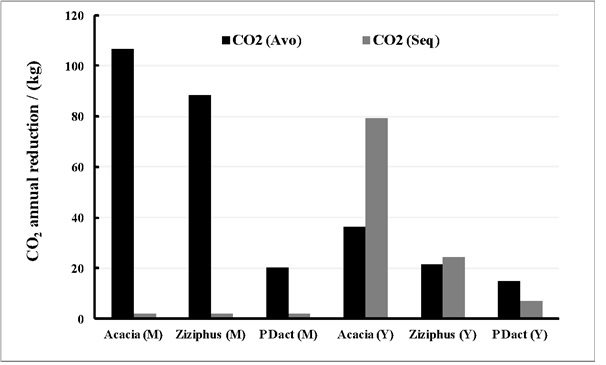Authors: Mark Workmana,b, Kate Dooleyc,Guy Lomaxd, James Maltbye, Geoff Darchf,
- Visiting Researcher, Energy Futures Lab, Imperial College London, South Kensington, London SW7 2AZ, UK
- Corresponding Author available on mark.workman07@imperial.ac.uk
- University of Melbourne, School of Geography, Parkville, Melbourne 3010, Australia
- The Nature Conservancy, 26-28 Ely Place, London, EC1N 6TD
- Defence Scientific Technology Laboratory (DSTL), Portsdown West Fareham PO17 6AD
- Anglian Water, Block C – Western House, Peterborough Business Park, Lynch Wood, Peterborough PE2 6FZ
Key Words:
International Climate Policy | Carbon Dioxide Removal Technologies | Integrated Assessment Modelling | Predict then Act | Robust Decision Making | Pluralistic Approaches | Diversity in value-sets
Highlights:
- Integrated Assessment Models (IAMs) have been used to inform international climate policy development.
- There is a strong tendency to view IAMs as providing objective analysis, however, they are developed within a very small, narrow community and can heavily distort decision making processes.
- The largescale (Billions of tonnes pa) reliance of IAM scenarios on Carbon Dioxide Removal (CDR) is one such distortion; this is problematic for a number of reasons.
- Most worrying, dependence on CDR is being baked into international emissions targets without a public debate.
- This is likely to lead to polarisation as a function of the trade-offs and side-effects of large-scale CDR deployment; this is likely to hinder progress on CDR and alternative mitigation strategies.
- Approaches to allow diversity in value-sets in climate policy making is essential – Robust Decision Making Approaches is provided as an exemplar to accommodate this.
Abstract
Scientists have produced a significant body of analysis detailing how we might mitigate so as to avoid dangerous levels of global warming. The dominant analytical tools are integrated assessment models (IAMs), which represent the world’s energy, agricultural and land systems over a time period spanning from the present to (most commonly) the end of the 21st century. As noted in recent high-profile commentaries, these models do not consider – or at least have not been used to explore – how unexpected disruptions could impact either positively or negatively on carbon policy efforts. Most importantly they are constructed by a narrow elite with limited engagement with the publics and heavily distort decision making in climate policy development. As the world struggles with increased complexity and uncertainty, there is the need to introduce the process of systematically imagining alternative, sustainable futures that should be conducted in a more democratic and inclusive manner. As distrust in institutions grows and societies become more polarised, there is the need to explore alternative and emerging methods that are being used to bring communities together to debate and create collective visions for the futures they desire.
One of the most high profile distortions in climate policy development has been that the majority of global emissions scenarios compatible with holding global warming to less than 2°C depend on the large-scale use of bioenergy with carbon capture and storage (BECCS) of up to 15 billion tons pa – to compensate for an overshoot of atmospheric CO2 concentrations. Recent critiques have highlighted the ethical and environmental risks of this strategy – The scale of carbon removal deployment would rival the worlds’ largest industries and sectors such as Oil and Gas and Agriculture. At present less than a few thousand tonnes of carbon dioxide are removed annually.
In this paper, we critically examine both the use of BECCS in mitigation scenarios and the decision-making philosophy underlying the use of integrated assessment modelling to inform climate policy. We identify a number of features of integrated assessment models that favour selection of BECCS over alternative strategies. However, we argue that the deeper issue lies in the tendency to view model outputs as objective science, capable of defining “optimal” goals and strategies for which climate policy should strive, rather than as exploratory tools within a broader policy development process. Effectively, a model-centric decision-making philosophy is highly sensitive to uncertainties in model assumptions and future trends, and tends to favour solutions that perform well within a narrow modelled framework at the expense of exploring a wide and diverse mix of strategies and values.
Drawing on the principles of Robust Decision Making, we articulate the need for an alternative approach that explicitly embraces uncertainty, multiple values and diversity among stakeholders and viewpoints, and in which modelling exists in an iterative exchange with policy development rather than separate from it. Such an approach would provide more relevant and robust information to near-term policy-making, and enable appropriate goals for climate policy in a given context being agreed and defined by dialogue between multiple stakeholders rather than ex ante by a single community.

